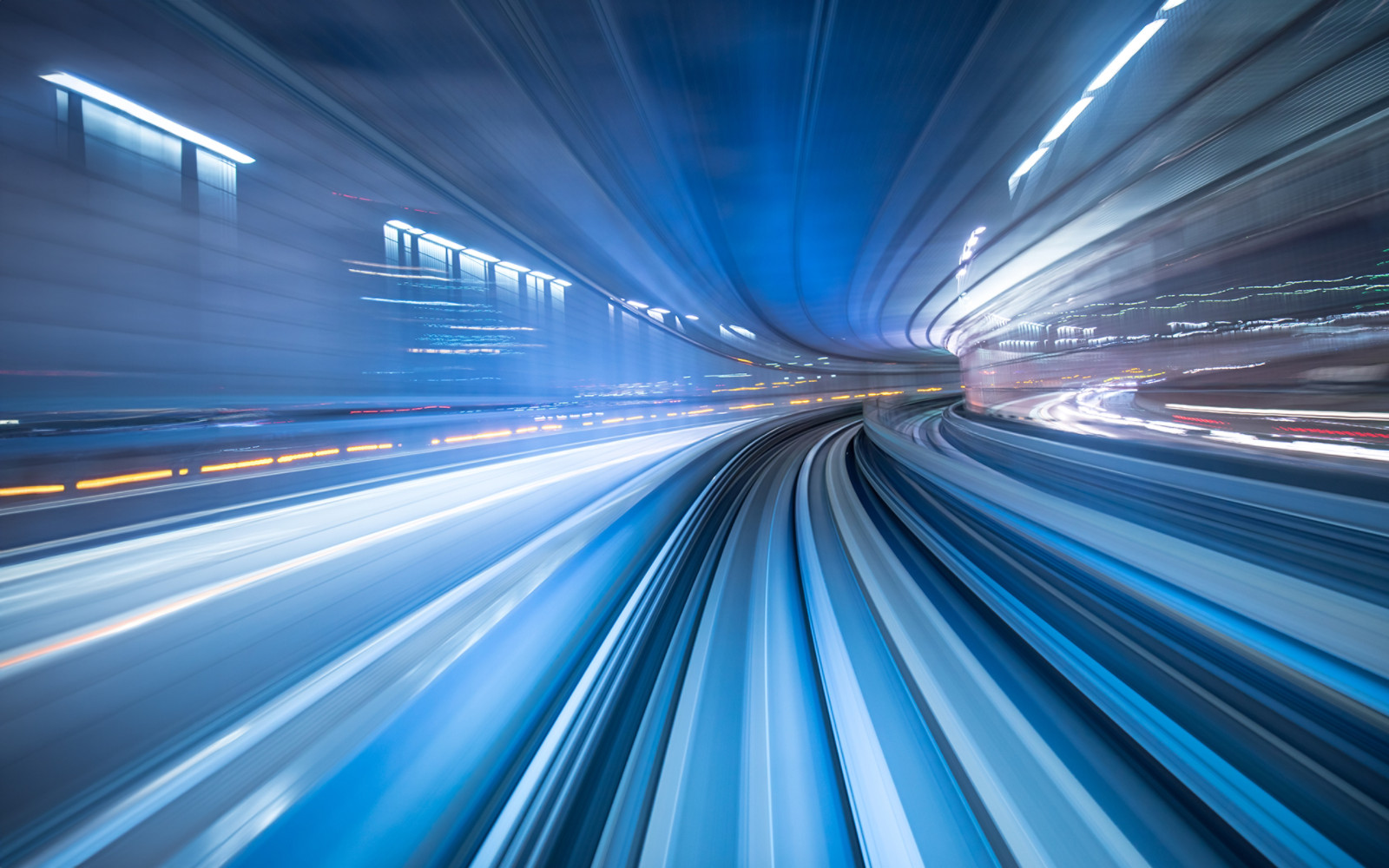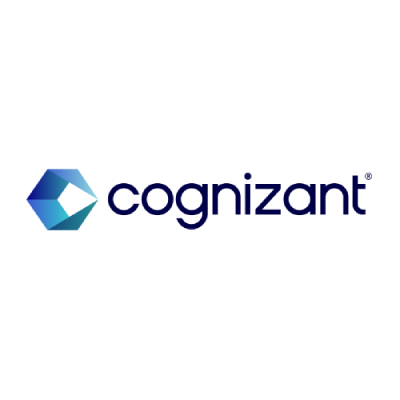Transform rewards into lifestyle enhancements through always-on engagement and ever-evolving experiences that keep customers coming back for more, write Rahulkumar Ramakrishnan, Richa Kapoor – Managers, Business and Financial Services Consulting, Cognizant UK and Ireland – and Senior Consultant Senthil Kumar Palaniappan.
Traditional loyalty programmes need to be more relevant to today’s customers. While these programmes have been valuable tools for attracting and retaining customers in the past, the rapidly evolving expectations of modern consumers, accelerating technological advancements, and intensifying market competition are rendering conventional loyalty schemes obsolete.
Cognizant’s recent Future of Payments report highlights the rapid upheaval of the payments industry. Transactions are becoming increasingly digital, real-time, and embedded into seamless customer experiences. Loyalty programmes must evolve beyond simple earn-and-burn reward mechanisms in this new landscape. The old loyalty playbook is no longer sufficient.
Changing loyalties
Several key factors are driving the rapid pace of change in the payments sector. Firstly, the widespread adoption of smartphones and other digital devices has fundamentally altered consumer behaviour and expectations. Today’s customers demand instant gratification, personalised experiences, and seamless interactions across channels.
They expect to be able to earn and redeem rewards in real time using their preferred payment method, whether that’s a traditional credit card, mobile wallet, or cryptocurrency.
Secondly, the rise of e-commerce and online marketplaces has intensified competition and made it easier for customers to switch brands. With just a few clicks, consumers can compare prices, read reviews, and find the best deals from various online retailers. This has made customer loyalty harder to earn and retain as shoppers increasingly prioritise value and convenience over brand allegiance.
Finally, the COVID-19 pandemic accelerated the shift towards digital payments and contactless transactions. With physical retail outlets closed or operating at reduced capacity, consumers have turned to online channels in record numbers. This has forced businesses to rapidly adapt their payment systems and loyalty programmes to meet the needs of a predominantly digital customer base.
Loyalty 2.0 – the SPEED framework
Enter Loyalty 2.0, the next generation of loyalty characterised by SPEED: Sustainable, Personalised, Experiential, Engaging, and Distributed programmes that create real and lasting brand affinity.
Rather than just reacting at the point of purchase, Loyalty 2.0 proactively shapes customer behaviour through hyper-personalised and emotionally engaging experiences across an interconnected partner ecosystem.
According to Cognizant’s research, best-in-class loyalty programmes are:
Sustainable: Aligning with consumer values around ethics and environmental impact. Brands incorporating eco-friendly rewards, carbon offsetting, or charitable giving options into their programmes resonate more strongly with today’s conscious consumers.
For instance, outdoor clothing brand Patagonia has built a following by aligning its loyalty programme with its core values of environmental sustainability and social responsibility. Members of Patagonia’s “Worn Wear” programme can earn credits by repairing or recycling their old gear, which can then be redeemed for new or used items. This encourages customers to reduce waste, supports the circular economy, and creates a strong emotional connection between the brand and its environmentally conscious customers.
Personalised: Using customer data to provide tailored rewards, recommendations, and experiences. By leveraging advanced analytics and machine learning, programmes can predict individual preferences and offer relevant incentives at the right moments. For example, a travel loyalty programme could surprise members with bonus points on their birthday, redeemable for a complimentary room upgrade or spa treatment during their next stay.
Starbucks’ loyalty programme is a prime example of personalisation done right. The coffee giant uses a sophisticated AI-powered recommendation engine to analyse each customer’s purchase history, preferences, and location data, and then serves up highly targeted offers and rewards via its mobile app. For example, suppose a customer frequently orders a particular type of coffee at a specific time of day. In that case, the app might send them a personalised discount code for that drink just before their usual purchase time. This level of personalisation drives incremental sales and makes customers feel valued and understood by the brand.
Experiential: Offering memorable interactions that foster an emotional connection, not just transactional benefits. Experiential rewards drive higher satisfaction rates compared to purely monetary rewards. Think exclusive access to sold-out concerts, chef’s table dining experiences, or behind-the-scenes tours – money-can’t-buy moments that create lasting impressions and social currency.
Engaging: Leveraging gamification, challenges, and social interaction to motivate participation. Highly engaged consumers spend more. Loyalty programmes can boost engagement by introducing tiered status levels, progress tracking, leaderboards, team challenges and referral bonuses. The key is making the programme fun and rewarding to interact with.
Nike’s “NikeFuel” programme is a great example of gamification in action. The programme rewards users for physical activity, as measured by the Nike+ app or a compatible fitness tracker. Users earn “NikeFuel” points for every minute of movement, which can be redeemed for exclusive products, experiences, and even charitable donations. By turning fitness into a game, Nike has created a highly engaging loyalty programme that drives brand affinity and sales.
Distributed: Cross-brand partnerships enable frictionless redemption and maximise utility. Loyalty programmes can significantly enhance their currency’s perceived value and versatility by forming coalitions with complementary brands and allowing points to be earned and burned across a network.
The airline industry has long been a pioneer in distributed loyalty, with frequent flyer programmes that allow members to earn and redeem miles across a network of partner airlines, hotels, car rental agencies, and retailers.
Emerging technologies
Emerging Web3 technologies, powered by Distributed Ledger Technology (DLT) and generative AI, will underpin the future of loyalty, enabling unprecedented levels of personalisation, ownership, flexibility, and intelligent customer understanding.
Web3 technologies like blockchain and NFTs (non-fungible tokens) are poised to revolutionise loyalty by tokenising rewards as secure, transferable, and programmable digital assets. Customers can easily track, trade, and redeem their rewards across platforms, increasing their liquidity and value. Brands can also use smart contracts to automate reward issuance and create dynamic, event-based loyalty mechanics.
For instance, a music streaming service could issue limited-edition NFTs as rewards for subscribers who listen to a certain number of hours per month. These NFTs could grant access to exclusive content, such as behind-the-scenes footage or live virtual concerts. They could also be traded or sold on secondary markets, creating additional value for loyal fans.
Generative AI, powered by large language models and machine learning, will supercharge an organisation’s ability to personalise offerings and interactions at scale. By analysing vast amounts of customer data and contextual cues, generative AI can help loyalty programmes automatically optimise the right mix of incentives, communications, and experiences for each member.
This could manifest as chatbots that provide tailored recommendations, dynamic reward catalogues that adapt to user preferences, or even entirely new product or experience concepts synthetically generated to appeal to specific customer segments.
Embarking on the Loyalty 2.0 journey
For financial institutions embarking on the Loyalty 2.0 journey, the place to start is by defining a clear vision and business case, with tangible goals and KPIs around increased engagement, spending, and customer lifetime value. Programmes should be designed around a deep understanding of priority customer segments and aim to embed loyalty mechanics across the entire customer lifecycle.
The focus must shift from purely rewarding transactions to shaping ongoing behaviours and emotional engagement. New metrics like the Customer Engagement Score become critical to gauge the actual health of the programme over time. Pioneers like Visa are already rewiring loyalty through Web3 capabilities – its new solution with SmartMedia Technologies enables personalised, gamified earning experiences and streamlined redemptions via branded mobile wallets.
A collaborative ecosystem
Ultimately, Loyalty 2.0 can transform perceived brand value into real brand value. Organisations must view loyalty as a strategic, always-on, value-adding engagement layer, not a standalone marketing lever.
Although programme providers and issuers will lead the charge, success depends on deep collaboration across the whole loyalty ecosystem. Achieving this means forging partnerships with retailers, travel providers, entertainment brands, and digital platforms to create a seamless and ubiquitous loyalty experience for members. It also means working with technology providers and data partners to harness the latest AI, blockchain, and analytics innovations to power more dynamic and intelligent programmes.
This could manifest in the financial services sector as banks partner with fintechs and retail brands to create joint loyalty programmes spanning multiple touch points and categories. For example, a bank could team up with a ride-sharing app and a chain of coffee shops to offer customers a unified rewards currency that can be earned and redeemed across all three brands. By pooling their data and resources, these partners could create a more valuable and engaging loyalty proposition than they could offer individually.
Seizing the opportunity
For financial services leaders, the mandate is clear:
1. Start aligning loyalty strategy with organisational objectives.
2. Understand your customer deeply.
3. Define what loyalty means for your brand.
4. Begin piloting new experience-led propositions.
The future of loyalty is not just about points, miles, or discounts. It’s about creating meaningful, emotional customer connections through personalised, experiential, and socially responsible engagement. It’s about harnessing the power of emerging technologies like AI and blockchain to create more dynamic, intelligent, and valuable loyalty propositions. And it’s about collaborating across industries and ecosystems to deliver a seamless and rewarding customer experience.
For financial institutions, this represents both a challenge and an opportunity. Those who adapt to the new loyalty paradigm and build genuine brand affinity will be well-positioned to thrive in the digital age. But those that cling to outdated models and metrics will risk being left behind by more agile and innovative competitors. The future belongs to those who dare to SPEED ahead.



















